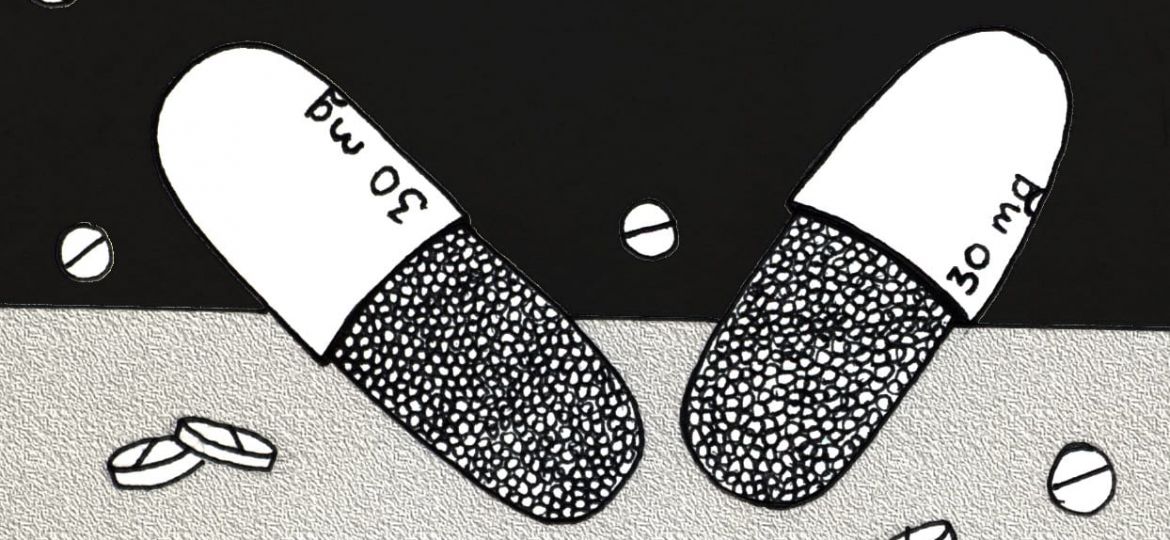
In the last decade, the frequency of Attention Deficit Hyperactive Disorder ADHD diagnoses has skyrocketed with rates now reaching 11 percent among school-aged children. This number is alarmingly high and merits our consideration as to what is causing this drastic increase in diagnoses. Is something in our cultural environment causing more children to develop the disorder, or are parents just more eager for their child’s hyperactivity to be diagnosed and treated?
Finding an answer to this question forces us to consider whether our society, specifically the educational system, is maladapted to the natural activity level children need to succeed. Many have noted that the school day largely forces students to be sedentary, making it more difficult for them, especially boys, to focus on school work. Nationwide budget cuts have caused school districts to limit students’ recess time and cut their number of physical education teachers. New teaching philosophies place increased emphasis on test scores rather than individual creative development, causing classroom teachers to spend more time prepping students for tests and less time keeping them active.
On March 31, The New York Times released a controversial article with new statistics pointing to a sharp increase in ADHD diagnoses and subsequent medication prescriptions. It is important to note that among the increase in ADHD diagnoses, the vast majority have been given to boys. According to 2012 data released by the Center for Disease Control CDC, an astonishing 20 percent of U.S. high school boys have received an ADHD diagnosis, while only 10 percent of high school girls have ever been diagnosed with the disorder.
From a psychological standpoint, elementary-aged boys and girls have different biological needs and may react differently to a lack of physical and creative stimulation in the classroom. The gender divide among ADHD diagnoses raises the question of whether these diagnoses are linked to a larger issue of male maladaptation to the American education system. Beginning in elementary school, girls statistically outperform boys through college. Boys are 30 percent more likely to drop out of high school or get held back. That being said, boys do tend to perform better on test material related to math and science while girls perform better on verbal and written tasks. Boys tend to excel more in tactile, hands-on learning, but school is on average four-fifths language-based and only one-fifth hands-on learning.
The gender gap in diagnoses should make us question whether this is due to an educational system that is increasingly better suited to the biological and educational needs of girls instead of boys.
In addition to the debate regarding why rates have drastically increased, many psychologists have raised concerns over the amount of new prescriptions being distributed for ADHD patients. Some doctors diagnose ADHD far too readily, citing any complaints of commonplace hyperactivity, frustration or inattention as indicators of the disorder. The most frequently prescribed medications, Adderall and Ritalin, can be extremely helpful for children who suffer from the disease. The problem, however, is that these potent drugs are being prescribed too frequently and sometimes without enough evidence for an actual diagnosis. These medications carry severe health risks, especially when mixed with other substances.
An even bigger concern is that these medications may end up in the wrong hands. An estimated 30 percent of pills prescribed to ADHD patients are given or sold to friends or clients without a prescription. Adderall and Ritalin are becoming almost as commonplace on college campuses as marijuana and are frequently used as study aids to help students cram before a big test or paper. According to James Swanson, a professor of psychiatry at Florida International University, “There’s no way that one in five high-school boys has ADHD. If we start treating children who do not have the disorder with stimulants, a certain percentage are going to have problems that are predictable – some of them are going to end up with abuse and dependence.”
By continuing to prescribe medication to children with mild cases of ADHD which many psychologists simply dub natural behavior for school-aged children, we may be creating more problems than we are solving. Adderall is not intended to be used as an occasional study aid, but the increase in prescriptions have made it readily available to college and high school students.
While ADHD is by all means a serious and legitimate medical concern, we must be skeptical of its increased prevalence so we can find alternative solutions to the over-prescribing of potent pharmaceuticals. ADHD is a condition that has grown to characterize our generation, and only we have the power to address its implications.

